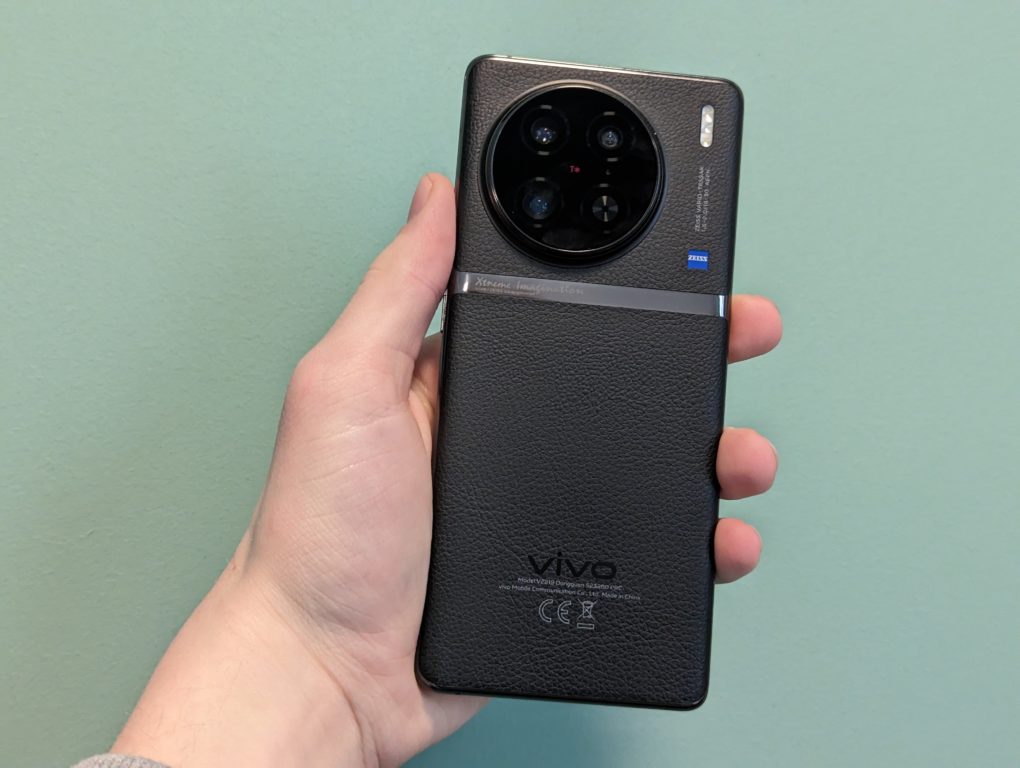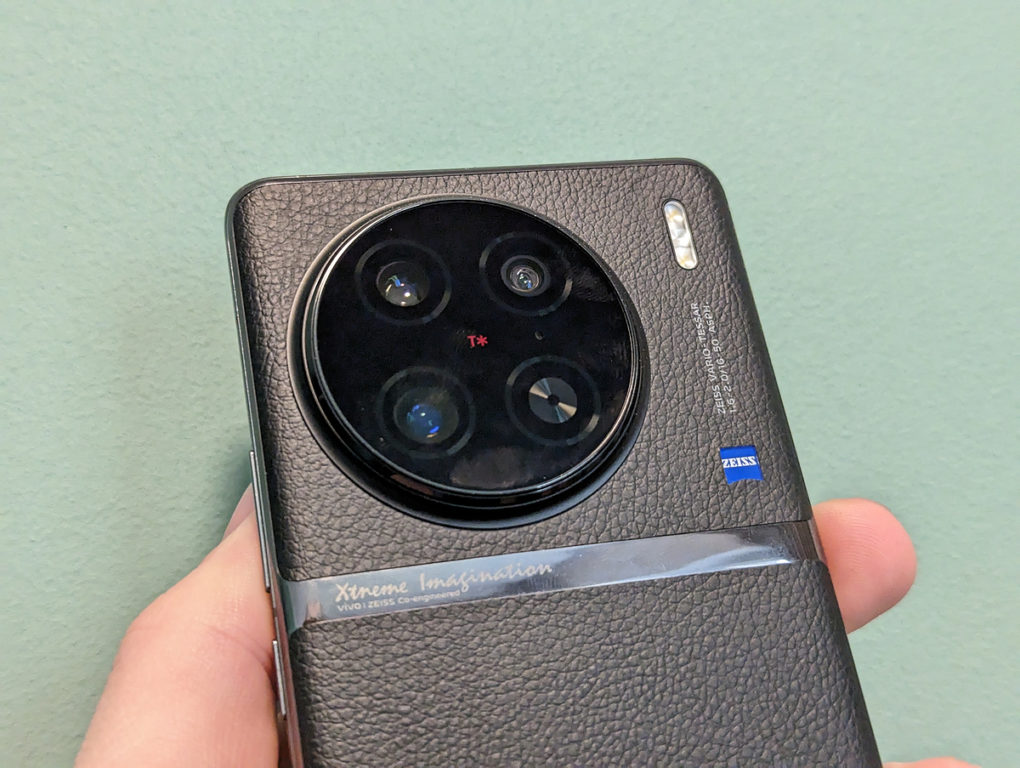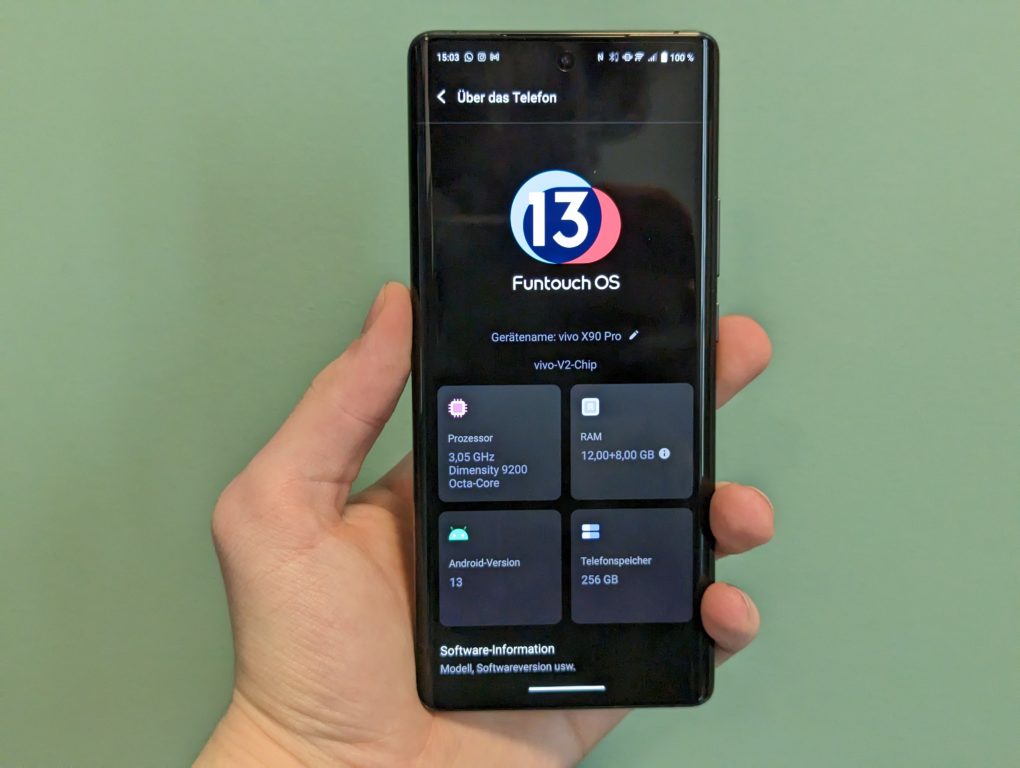Vivo X90 Pro review: one step forward, one step back
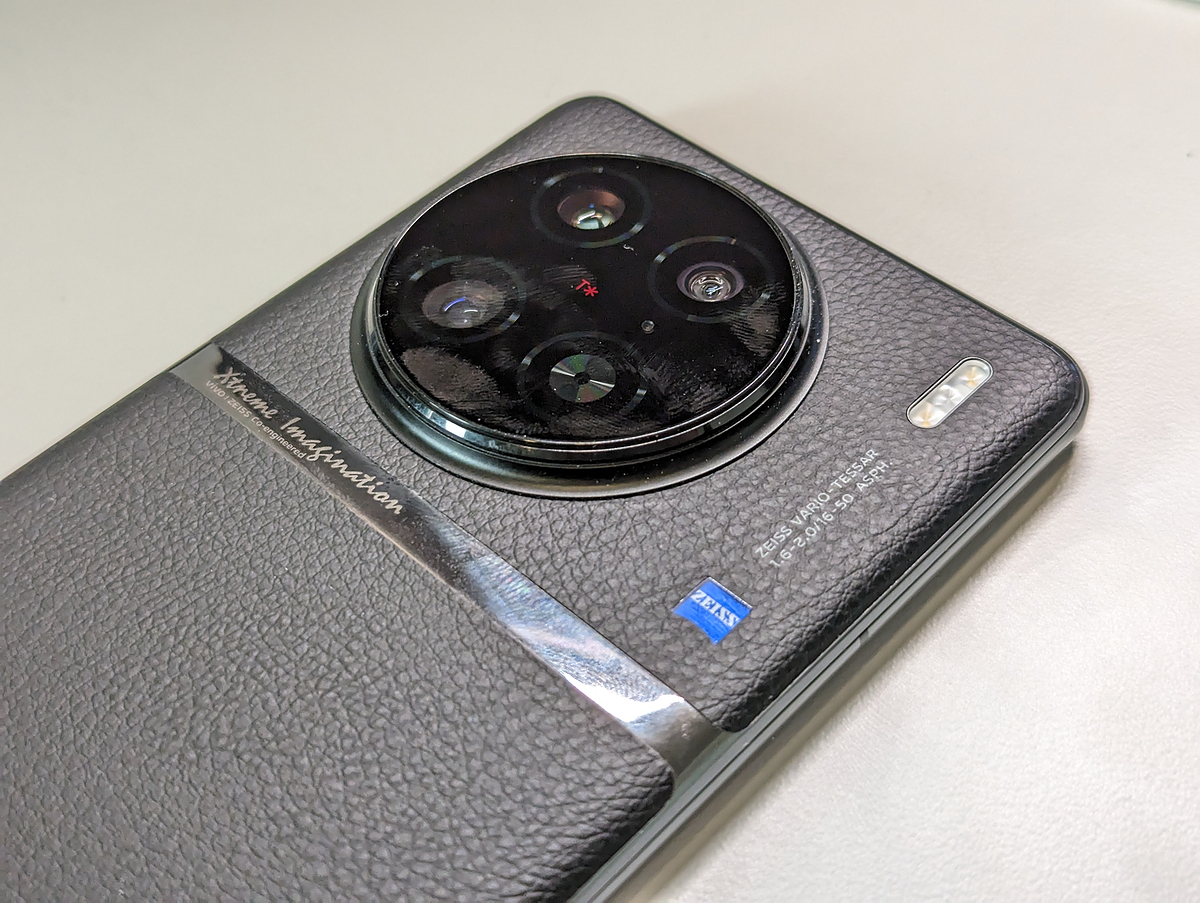
With the Vivo X90 Pro the BBK subsidiary released its latest flagship smartphone for the European market. We tested the device extensively in everyday use.
tl;dr: The Vivo X90 Pro is a step forward in many areas, but some decisions are irritating. I really like the design, the workmanship and the battery. The software didn't fundamentally change my usage, but it didn't really bother me either. The main camera takes great photos, but cannot keep up with Google or Samsung when it comes to bright backgrounds.
The two other lenses would have done well to improve, I miss the fingerprint sensor from the Vivo X80 Pro very pretty. For Vivo, that's worth 1199 euros, I can only partially recommend the device. The competition in this area is just too strong for me. The Galaxy s23 ultra from Samsung - so far my top smartphone of the year is already available with the same memory size for 1000 euros. In return, it offers a much better overall package. That too Pixel 7 Pro, already available for around 750 euros, has a much more well-rounded overall package for the price. It's a shame because the X80 Pro was my insider tip last year.
Jump to section
Scope of delivery of the Vivo X90 Pro
Included with the Vivo X90 Pro comes with the device itself, a cheap case, the quick charger and USB-C cable.
Design and workmanship
The Vivo X90 Pro resembles its predecessor only from the front, because the back has been completely redesigned. We have a large display with rounded sides on the front, as well as a front camera in the center of the display. The back is made of soft synthetic leather this time, which turns out to be very soft in everyday life. The camera module protrudes very much from the frame, so the device does not lie "level" on the table. Below the cameras is a silver stripe engraved with the phrase "Xtreme Imagination". There is also a logo of the German camera lens manufacturer "Zeiss", which again indicates a cooperation.
The frame is made of hard metal, which means that the device also weighs 215 grams. However, the device feels very high-quality and appears to be well made. Buttons click well, a good vibration motor provides good haptic feedback when typing messages. The only color in Germany is black, in Austria there is also a red version. The device is protected against dust and water according to IP68.
Display
The Vivo X90 Pro has a large 6,8-inch display with AMOLED support and a variable refresh rate from 120 to 1.260 Hertz. This also with the latest LTPO technology, which has a positive effect on the battery life. A resolution of 2.800 × XNUMX pixels is specified, a step backwards from the WQHD+ display from the predecessor. You can also activate a "Zeiss mode" in the software, with which the colors should be displayed particularly naturally. In everyday life, it definitely doesn't look as "unusual" as with Samsung or Xiaomi, but many people prefer this style. According to the manufacturer, the display is protected by a screen protector from "Schott", a sister company of Zeiss.
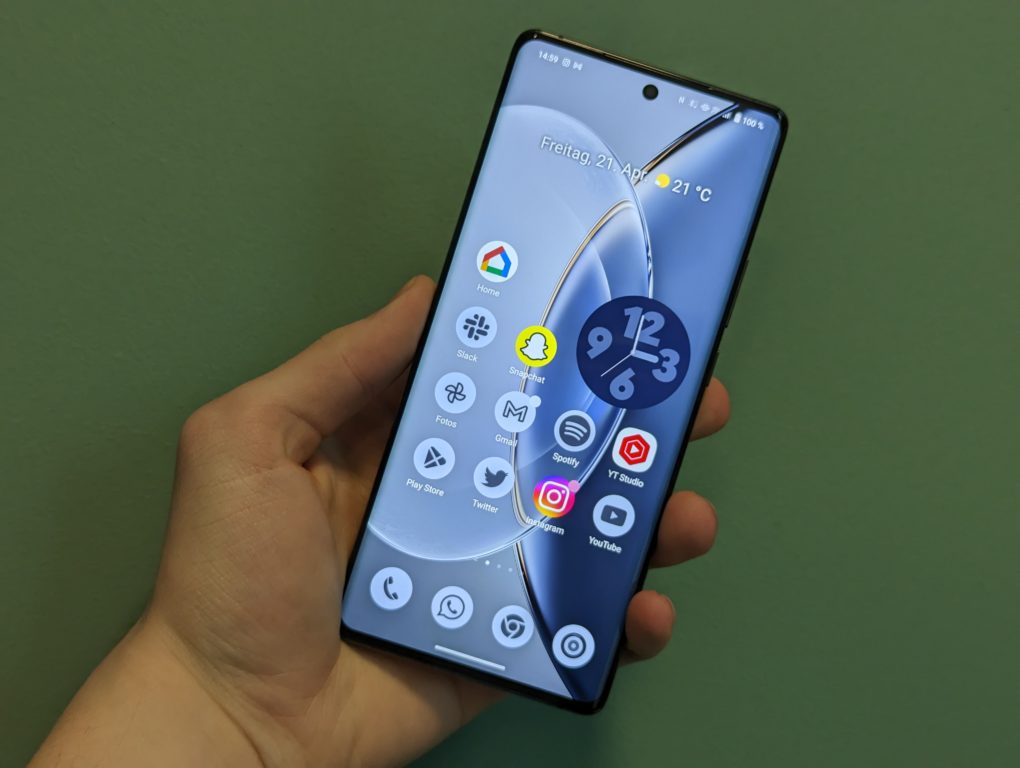
The Vivo X90 Pro has a sharp, bright display. But it can't keep up with the competition (Picture: TechnikNews)
In terms of quality, I like the display of the Vivo X90 Pro significantly better than its predecessor. The display is bright, regulates itself well and watching videos really puts you in a good mood. However, the brightness cannot keep up with manufacturers such as Samsung or Xiaomi. The manufacturer takes a step back with my highlight, the Vivo X80 Pro, the fingerprint sensor. This had a huge area on the predecessor, unlocked within a second and had many setting options. This one is on the X90 Pro no longer installed, here one relies on a likewise fast optical fingerprint sensor with a small area. The better sensor is only available in the X90 Pro+, which will not leave the Chinese market.
Hardware
The Vivo X90 Pro will not start with the latest SnapdragonProzessor, like almost all current flagships from 2023. The company relies on the latest flagship SoC from MediaTek, the Dimensity 9200. This also delivers excellent performance, in everyday life you don't notice any differences in terms of performance anyway. To the Pro12 gigabytes of LPDDR5 RAM and 256 gigabytes of internal UFS 4.0 storage are available to the processor. Another version will not be available. Unfortunately, there is no Wi-Fi 6E support, but with Bluetooth 5.3 and 5G everything else in terms of connectivity is up to date.
Camera / s
I already mentioned the triple camera on the back in the design, Vivo's marketing is also very much geared towards this system, which is why I took a closer look at it in everyday life. As the main sensor, Vivo uses the IMX 989 from Sony, which at one inch is gigantic for a smartphone. That sounds exciting, especially when it comes to capturing light, even for night photos. With 50,3 megapixels, it's not as strong a camera on paper as Samsung's 200-megapixel sensor in the Galaxy S23 Ultra, but the images only become interesting after software processing. The other two lenses are a 50-megapixel camera for telephotos (2x optical) and a 50-megapixel ultra wide-angle camera.
The main camera takes great photos, many details are captured and image noise can only be seen in complete darkness. Colors look more authentic, not too strong, light reflects well in the water. However, some might find the photos “boring” because the photos don’t look as “strong” as from a Galaxy S23 Ultra. I noticed negatively photos with strong backlight, such as a large window. There, photos are much too bright and are rather useless.
The telephoto camera takes good pictures, but you notice a much better performance than the competition. Samsung, Google and Honor in particular are clearly ahead of the Vivo. I would have preferred a telephoto camera with a 5x or 10x optical zoom, because I can do a 2x zoom with a crop of the photo from the main sensor. Vivo itself had the X80 Pro still has a very good 5x zoom built in, unfortunately not in the successor.
The ultra-wide-angle camera also takes good, but not outstanding, pictures. The camera is also suitable for macro photos, with an autofocus you can also get objects well in front of the lens. Photos are sharp due to the high resolution of 50 megapixels and have little image noise at the edges.
Vivo X90 battery Pro
The battery of the Vivo X90 Pro is above average for a flagship, I only had to recharge the 4870 mAh cell in the late evening. But this is also due to the software, which aggressively stops apps in the background. This leads to notifications that are sometimes late or not sent at all, but Vivo offers to define exceptions. The battery can be fully recharged in under 120 minutes with 20 watts of fast charging, which has completely changed the use for me. Instead of charging overnight, I was able to charge the device briefly in the morning, which makes it much more relaxed to use. Besides, I never had that Prodifficult to plan time to charge before a long night. Wireless charging is also possible with 50 watts.
Software of the Vivo X90 Pro
Vivo relies on a two-part software strategy in China and the international market. While the Chinese devices rely on "Origin OS", we use "FuntuchOS". This runs on Android 13, Vivo promises three major OS upgrades and three years of security patches. It's a pity, because Samsung delivers four years of major OS updates, as well as five years of security patches with Xiaomi. The software itself is very lean, but there are a number of setting options. The software is also very stable, I couldn't find any crashes or major bugs during my test period. Unfortunately, some bloatware is pre-installed, which must be uninstalled first.

